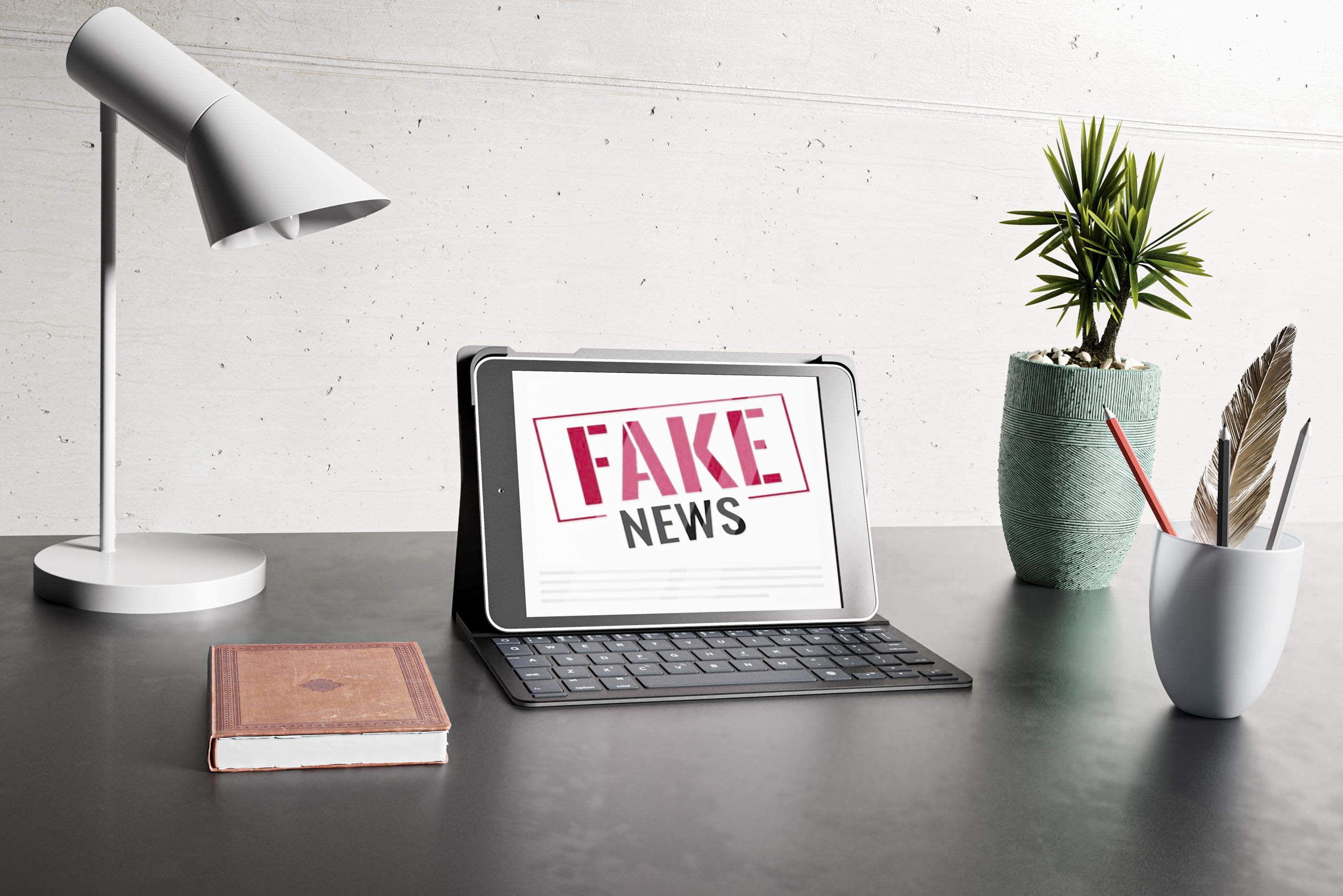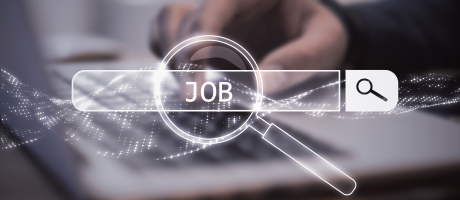Blog Posts & Blog Archives
All Blogs / news-and-media
The Evolution of Fake News
Explore the history of fake news, its impact on society, and the techniques used to spread misinformation from ancient times to the digital age.
Thursday, June 27, 2024
The Evolution of Fake News
The proliferation of information has brought both unprecedented access to knowledge and the troubling rise of misinformation. Fake news, a term that has become ubiquitous in recent years, refers to false or misleading information presented as news. The evolution of fake news is a complex narrative that spans centuries, adapting to new technologies and media landscapes. This blog tells the history of fake news, its impact on society, and the techniques used to propagate misinformation, including manipulated media, misleading content, and propaganda techniques.
The Early Beginnings of Fake News
Pre-Digital Era
Historically, misinformation and propaganda have been used to influence public opinion and political outcomes. In ancient Rome, for example, Octavian used propaganda to portray his rival Mark Antony as a traitor, which played a crucial role in his rise to power. During the medieval period, false information was often spread through word of mouth or handwritten pamphlets to sway public sentiment.
The Printing Press
The printing press, invented in the 15th century, revolutionised the flow of information.However, it also facilitated the spread of fake news. The mass production of pamphlets and books made it easier for individuals and groups to distribute false information widely. For example, during the Protestant Reformation, both Catholic and Protestant factions used printed material to spread propaganda and misinformation about each other.
The Modern Era: 20th Century Developments
Radio and Television
The advent of radio and television brought new dimensions to the spread of fake news. In the early 20th century, radio broadcasts were used to spread political propaganda, most notably during World War II. The infamous broadcast of "The War of the Worlds" by Orson Welles in 1938 demonstrated the power of radio to create widespread panic through misinformation.
Television further amplified the reach of fake news. Politicians and governments used TV to manipulate public opinion. The Cold War era saw extensive use of television for propaganda, with both the United States and the Soviet Union disseminating misleading content to bolster their ideological stances.
The Digital Age: The Rise of Online Misinformation
The Internet and Social Media
The digital revolution of the late 20th and early 21st centuries transformed the landscape of fake news. The internet made it possible to share information instantaneously across the globe. Social media platforms like Facebook, Twitter, and YouTube became breeding grounds for misinformation and manipulated media.
Key Features of Digital Misinformation
1. Virality: Fake news can spread rapidly on social media, reaching millions of people within minutes. Algorithms that prioritize engaging content often amplify sensationalist and misleading information.
2. Anonymity: The internet allows individuals to spread fake news anonymously, making it difficult to trace the source of misinformation.
3. Echo Chambers: social media creates echo chambers where individuals are exposed primarily to information that reinforces their existing beliefs. This can lead to the widespread acceptance of misinformation.
Manipulated Media
Manipulated media, including photos and videos, has become a powerful tool for spreading fake news. Deepfakes, which use artificial intelligence to create realistic but fake videos, have emerged as a significant threat. These manipulated media can deceive viewers into believing false narratives, further complicating the fight against misinformation.
Techniques of Propaganda and Misleading Content
Propaganda Techniques
Propaganda techniques have evolved over time but remain effective in spreading fake news. Common techniques include:
1. Bandwagon: Encouraging people to adopt a belief or behavior because "everyone else is doing it."
2. Card Stacking: Presenting only information that supports one side of an argument while ignoring or omitting opposing information.
3. Glittering Generalities: Using vague, emotionally appealing phrases that lack concrete evidence.
4. Name-Calling: Attaching negative labels to individuals or groups to discredit them without providing evidence.
Misleading Content
Misleading content can take various forms, including:
1. Clickbait: Sensationalist headlines designed to attract clicks, often leading to content that is unrelated or exaggerated.
2. Satire and Parody: While intended to be humorous, satirical content can be misinterpreted as factual, leading to the spread of misinformation.
3. Misleading Statistics: Presenting data in a way that misrepresents the truth, often through selective omission or distortion.
The Impact of Fake News on Society
Political Polarisation
Fake news has contributed to increased political polarisation. Misinformation can reinforce ideological divides, making it harder for individuals to engage in constructive dialogue. During elections, fake news can sway public opinion and influence voting behaviour, undermining the democratic process.
Public Health
The spread of misinformation during the COVID-19 pandemic highlighted the dangers of fake news. False claims about the virus, treatments, and vaccines led to public confusion and resistance to health guidelines, exacerbating the public health crisis.
Trust in Media
The spread of false news has weakened faith in established media outlets. People are becoming increasingly distrustful of the information they consume, making it difficult to discriminate between reliable news and deception. This lack of confidence threatens the media's position as a cornerstone of democracy.
Combating Fake News
Media Literacy
Enhancing media literacy is crucial in the fight against fake news. Educating individuals on how to critically evaluate information sources, recognize propaganda techniques, and verify facts can empower them to make informed decisions.
Fact-Checking Organizations
Fact-checking groups serve an important role in dispelling incorrect information. Snopes, FactCheck.org, and PolitiFact offer tools for verifying the authenticity of news reports and assertions.
Technology Solutions
Advancements in technology, such as artificial intelligence and machine learning, offer promising tools for detecting and mitigating fake news. These technologies can analyse patterns and identify misleading content, helping to curb the spread of misinformation.
Conclusion:
The evolution of fake news is a testament to the enduring challenge of misinformation in society. From ancient propaganda to modern-day manipulated media, fake news has adapted to new technologies and media landscapes. Understanding the history and techniques of fake news is essential in combating its spread and mitigating its impact. By promoting media literacy, supporting fact-checking efforts, and leveraging technology, we can work towards a more informed and resilient society.
Related Blogs
Exploring the World of Online Job Opportunities
Discover how job portals connect talent with employers, offering a vast range of opportunities, networking, and efficient job searches in various industries.
By WelinkJobs | Wednesday, February 1, 2023
Getting the Job You Want: Using WeLinkJobs to Ensure a Successful Job Search
Master WeLinkJobs with our guide on setting clear goals, optimising your profile, and using advanced tools for job search success.
By WelinkJobs | Wednesday, March 1, 2023



